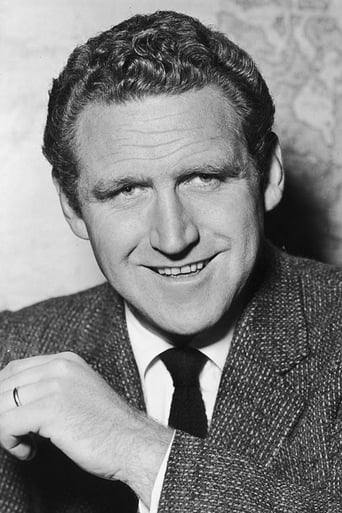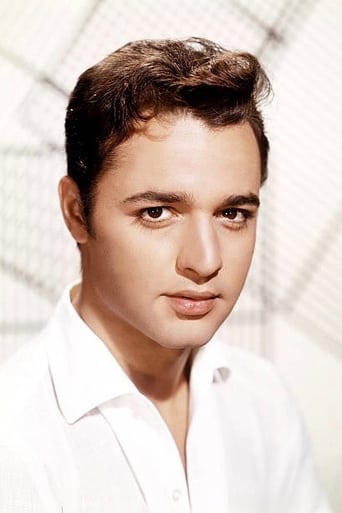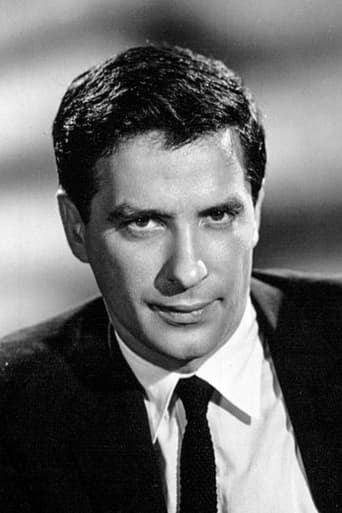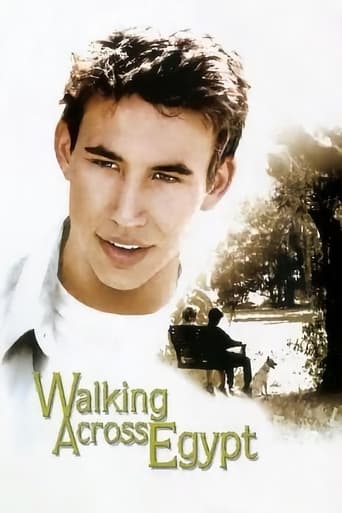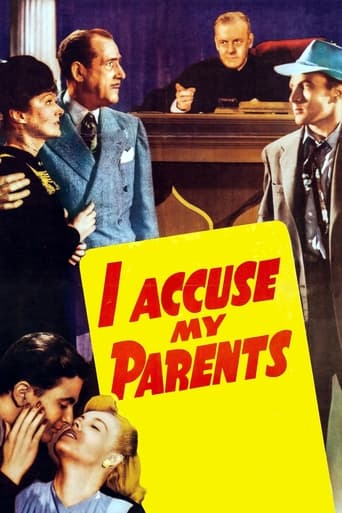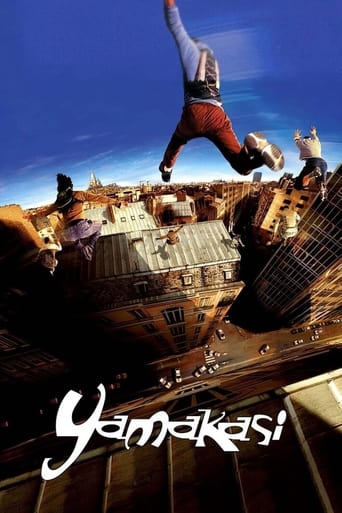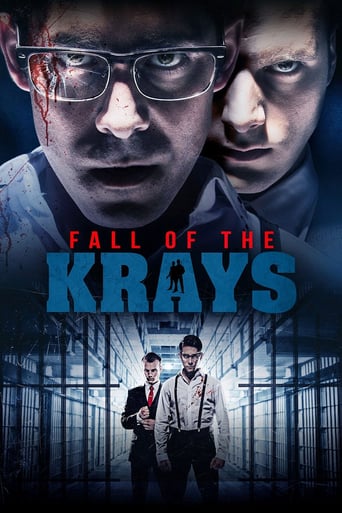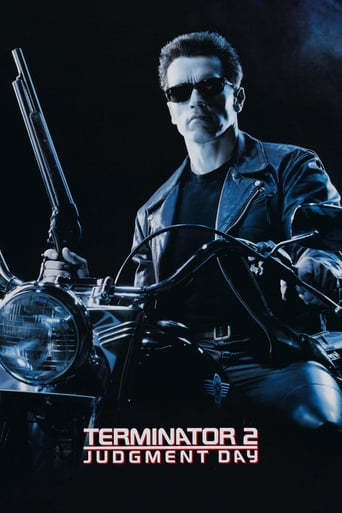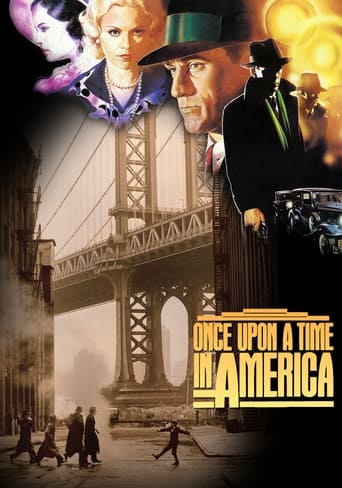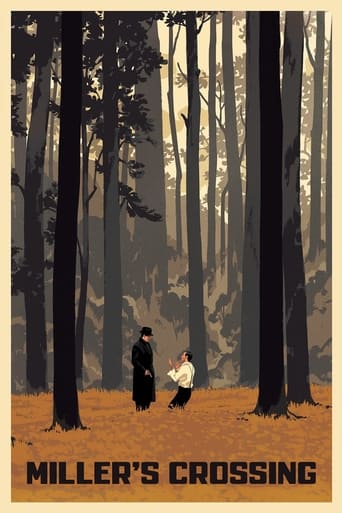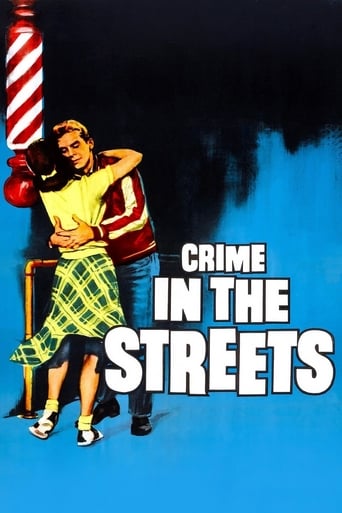
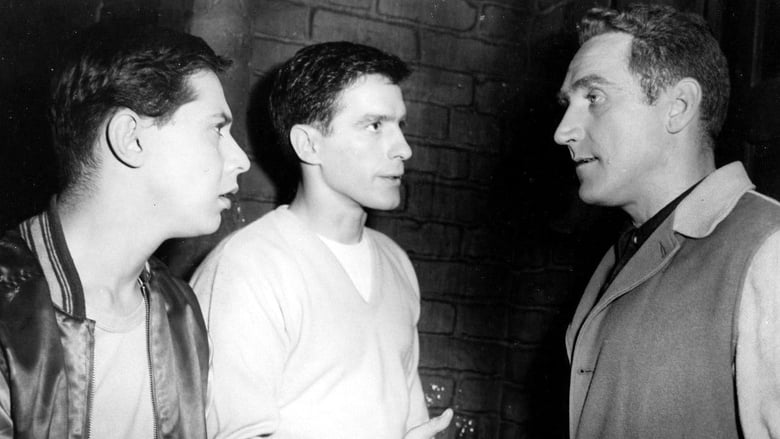
Crime in the Streets (1956)
A social worker tries to end juvenile crime by getting involved with a street gang.
Watch Trailer
Cast
Similar titles
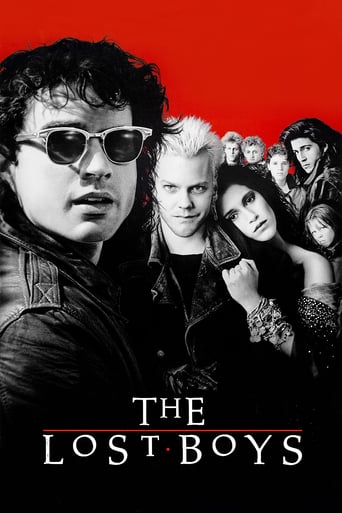
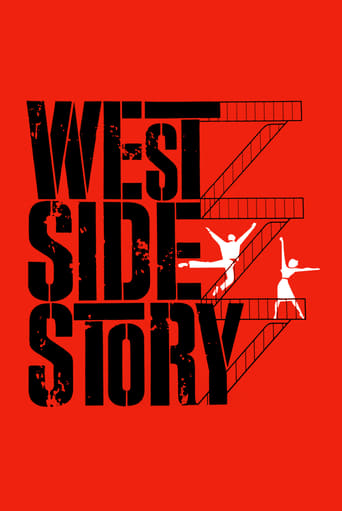
Reviews
Highly Overrated But Still Good
Don't listen to the negative reviews
Pretty good movie overall. First half was nothing special but it got better as it went along.
Like the great film, it's made with a great deal of visible affection both in front of and behind the camera.
Discovering that a disenfranchised local youth is planning a revenge murder, an altruistic social worker desperately tries to prevent the crime without police intervention in this juvenile delinquency drama directed by Don Siegel. The film is not particularly subtle with its agenda as lead actor James Whitmore bluntly states such truisms as "you can't tell a kid to be good" and as all parents find themselves exasperated by their kids in the most melodramatic manner possible. Will Kuluva is especially over-the-top as Sal Mineo's father who tries to get through to the boy by telling him that he wants to kiss him (!) while on the side telling Whitmore that he "has to hit" Mineo since it is all that the boy understands. The film features a phenomenal early turn by John Cassavetes though as the youth planning the murder with lots of subtle nuances whenever he listens to Whitmore lecture and as he plays on the fears of his friends. The real star of the show though is Siegel's directing work. Fresh from 'Invasion of the Body Snatchers', Siegel shoots the film with a myriad of intense close-ups as his young cast emote. The film also opens with a deathly intense pre-credits scene as good as anything Siegel ever directed. This is an odd movie: one hand, it is distractingly didactic; on the other hand, it looks so great and Cassavetes is so solid that is nevertheless involving.
I don't want to elaborate too much on what's already been said, but 1956's "Crime in the Streets" becomes claustrophobic very quickly because of the shabby, back-lot "New York street" that screams artificial 1930s Hollywood set a la "Dead End" and "Scarface." Since this is an Allied Artists film, I'm guessing it was shot at the old Monogram Studios on Sunset Boulevard in East Hollywood, which was shabby even in the 1930s. Perhaps Don Siegel was looking for claustrophobia and delapidation to enhance the atmosphere, but more likely they were simply a product of a low budget. (After all, Siegel had already used the real-life streets of Hollywood and the nearby town of Sierra Madre to great effect a year earlier in "Invasion of the Body Snatchers.") Though no source material is given for "Crime in the Streets" except for the original teleplay, it owes quite a lot to Hal Ellson and other social workers-turned-writers who cranked out top-selling novels in the late '40s and early '50s, such as "Duke" and "The Golden Spike," that explored the tribulations of growing up in poor, urban, ethnic American neighborhoods. Also unacknowledged is Clyde McPhatter and the Drifters' rhythm and blues hit, "Such a Night," which provided Mark Rydell's character (clearly the movie's most interesting) with the "ba-dooby-dobby-doo" riff that became a jazz motif when the boys were awaiting their big crime in the alley.
This movie is one of a very popular genre in the 1950s--the angry and disaffected teen film. Some of them (such as "Rebel Without a Cause" and "The Blackboard Jungle") were very good. Some were downright awful (they made a bazillion B-films using this theme such as "Beatniks" and "Teenage Crime Wave"). Many, like "Crime in the Streets", fall in between. And, like most of these films, the 'teens' in this film are mostly actors in their twenties and even thirties, though a few (Sal Mineo) were actually teens.John Cassavetes plays the nominal leader of a gang of incredibly clean-cut looking punks. They begin the film with a rumble with a rival gang and terrorize the neighborhood. One of the neighbors (the familiar-faced Malcolm Atterbury) calls the police when he sees them in action, as Cassavetes takes it very personally--and plans on getting revenge. In the meantime, an incredibly earnest social worker (James Whitmore) comes on VERY strong and tries to point the guys in the right direction before it's too late. Will niceness or evil prevail? The biggest problem I had with this film wasn't the fault of any of the people who made this film. It was released as part of a DVD collection of film noir movies--and this is clearly NOT film noir. While there are a few qualities similar to noir, a teenage delinquent film with a crusading social worker sounds nothing like noir! Another problem, though minor, is that the film has been done too many times before and the writing is a bit too pat. It comes off as a bit fake as a result. BUT, the film still has something to offer--John Cassavetes strong performance. While never as famous as James Dean, Dennis Hopper or other actors who specialized in these sort of roles, I think he was better here than these more well-known actors. He IS the film and helps to make up for the writing deficiencies (particularly Whitmore's character who just comes on a bit too strong at times--though he did have some good scenes--especially towards the end). There are a few other nice performances in the film as well (such as Will Kuluva, Mark Rydell, Virginia Gregg and Atterbury)--and this help the film to rise above the mediocrity of most delinquent teen films. Not great but worth seeing simply for the acting.
I just saw this movie at the Don S. film festival at Film Forum, and this movie was surprisingly better than I could have expected. While it is a little preachy at times, the performances by Cassevetes and Mineo are mind-blowing in how touching and nuanced they are at such a young age.From the beginning it is clear that this film was made on a small set in Hollywood, but you quickly forget about this and can easily become wrapped up in the story - an almost reverse Crime and Punishment parable. Cassevetes and Mineo overcome an of the actors' deficiencies even though most of the other performances such as the mother, Mineo's father, are also superb (the only truly cornball performances come from the preachy social worker, the sappy little brother and a couple of the stereotyped gang members).The director does an amazing job of making this small slum world feel so small (the set is probably half a city block in size on the set) and tense.Film Forum displayed Scorcese's personal copy, which was unfortunately quite damaged. Hopefully, the studio which owns this film will reprint a clean 35 mm copy or print a restored DVD. For fans of the "youth gone wild" genre or simple of Cassevetes, this movie is a true waiting-to-be rediscovered gem
